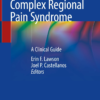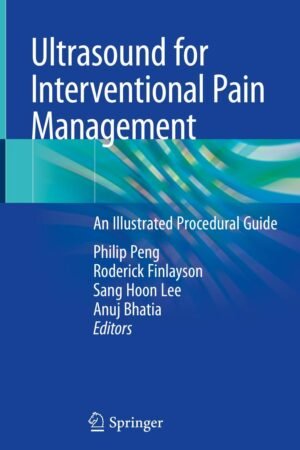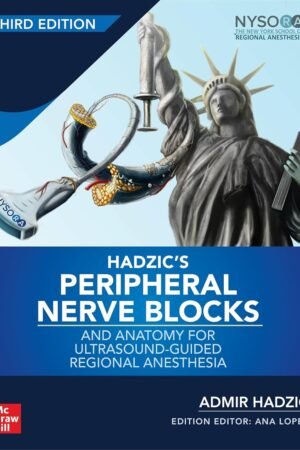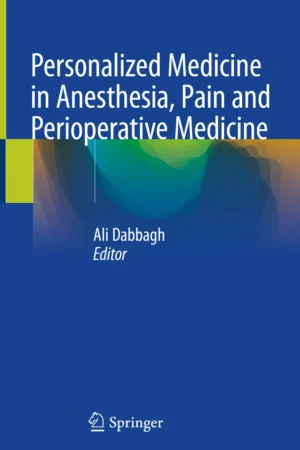📘 Complications of Pain-Relieving Procedures PDF
Complications of Pain-Relieving Procedures PDF is a specialized reference that focuses on the risks, challenges, and safety considerations of interventional pain management. Edited by leading experts, this book provides clinicians with the knowledge to prevent, recognize, and manage complications that may arise during or after pain procedures.
Focus on Patient Safety
Patient safety is at the heart of this text. The book reviews common and rare complications associated with epidural injections, nerve blocks, radiofrequency ablation, spinal cord stimulation, and intrathecal therapies. Each chapter emphasizes early recognition and proactive management, helping practitioners minimize risks and improve outcomes.
Evidence-Based Guidance
The text integrates the latest clinical evidence with practical recommendations. It explains the incidence of complications, contributing factors, and risk mitigation strategies. By combining data with real-world insights, the book ensures that pain specialists make informed decisions in daily practice.
Practical Management Strategies
Complications of Pain-Relieving Procedures PDF provides step-by-step approaches to handling adverse events. Topics include infection control, bleeding complications, nerve injury, dural puncture, and device-related issues. The authors also highlight strategies for patient counseling, informed consent, and post-procedure monitoring.
Multidisciplinary Perspectives
The management of complications often requires collaboration between anesthesiologists, neurologists, neurosurgeons, and rehabilitation specialists. This book brings together diverse expertise to create a comprehensive guide that supports safe and effective interventional care.
Why This Book Matters
Interventional pain procedures can greatly improve quality of life, but they also carry risks. This handbook equips clinicians with the tools to anticipate problems and respond effectively when complications occur. By focusing on prevention and early intervention, it promotes safer outcomes for patients undergoing pain management procedures.
For additional learning, readers may consult the American Society of Regional Anesthesia and Pain Medicine, the International Association for the Study of Pain, and the World Health Organization Palliative Care resources. These trusted sources complement the knowledge presented in the book.
🔗 Download available at: Freemedbooks.com











